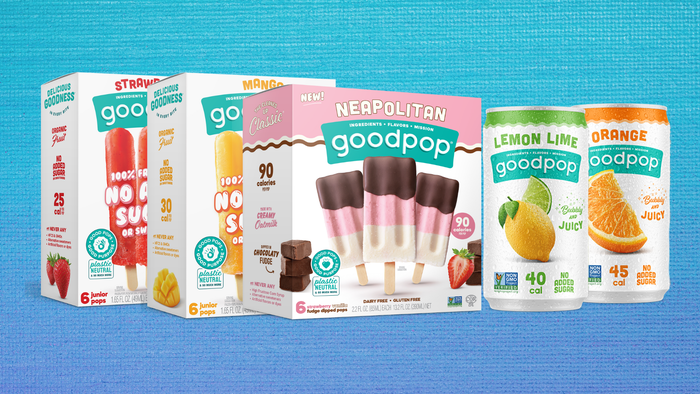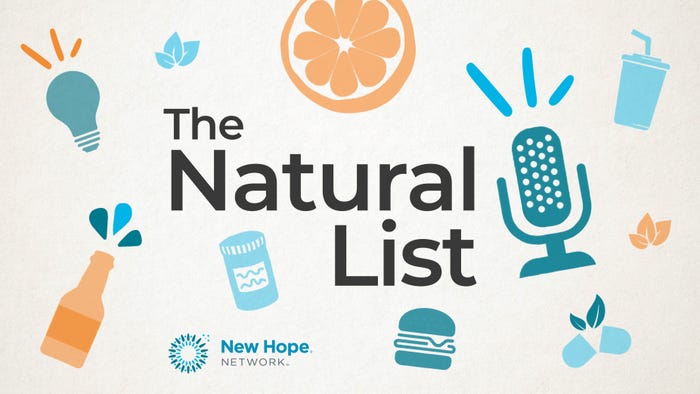
In many ways, the small, Kentucky-sized country of Iceland is the last place you’d expect a local food movement to gain traction. For starters, much of Iceland’s land is not arable: Glaciers cover 10 percent of the island, and at 66 degrees latitude, Iceland kisses the Arctic Circle—meaning its farmers face a paltry growing season, erosion from extreme wind and water and cool temperatures that have a tendency to wildly fluctuate.
Due to the unique nature of Iceland’s topography, plant life is comprised mainly of low-growing, sturdy vegetation that lacks the ability to add much nitrogen to the soil, such as lichen or small shrubs. (Case in point, Icelanders love to joke that if you get lost in an Icelandic forest, simply stand up.)
Periodic natural disasters such as earthquakes and volcanoes place an additional burden on food producers—something Midwest’s Corn Belt doesn’t quite have to worry about. For example, 2010’s massive eruption of the volcano Eyjafjallajokull devastated farms and houses with a heavy blanket of ash, suffocating crops. This, combined with high transportation costs, a small local economy and centralized agricultural services, and it’s no wonder Icelandic farmers and food manufacturers struggle.
Yet a burgeoning local food movement is taking hold despite these unique challenges. Rather than rely on food imports from nearby Europe, several Icelandic influencers are smartly using the country’s natural resources—geothermal energy, long days of summer sunshine, nutrients already in the volcanic soil—to bolster slow food. These food pioneers are passionate, steadfast, and resourceful—qualities reminiscent of their Norse Viking ancestors who landed on Iceland in the late ninth century. Lacking modern day refrigeration or imports, the settlers survived harsh, long winters by preserving, pickling, and fermenting food, a practice that many Icelanders still continue, and are teaching to the rest of the world. (Skyr, anyone?)
In the story of Iceland's local food scene, take note of these top influencers. They are the Michael Pollans, the Alice Waters, and the Gary Hirshbergs of their country.
Photos by Sigurjón Ragnar, Móðir Jörð, and Jenna Blumenfeld.
About the Author(s)
You May Also Like




